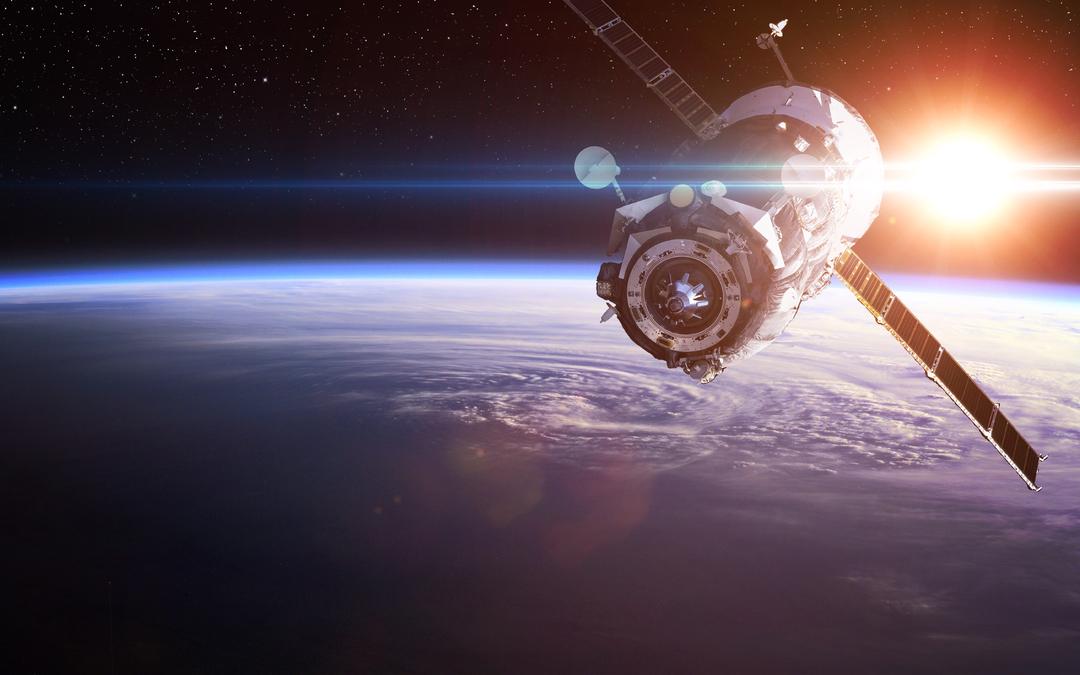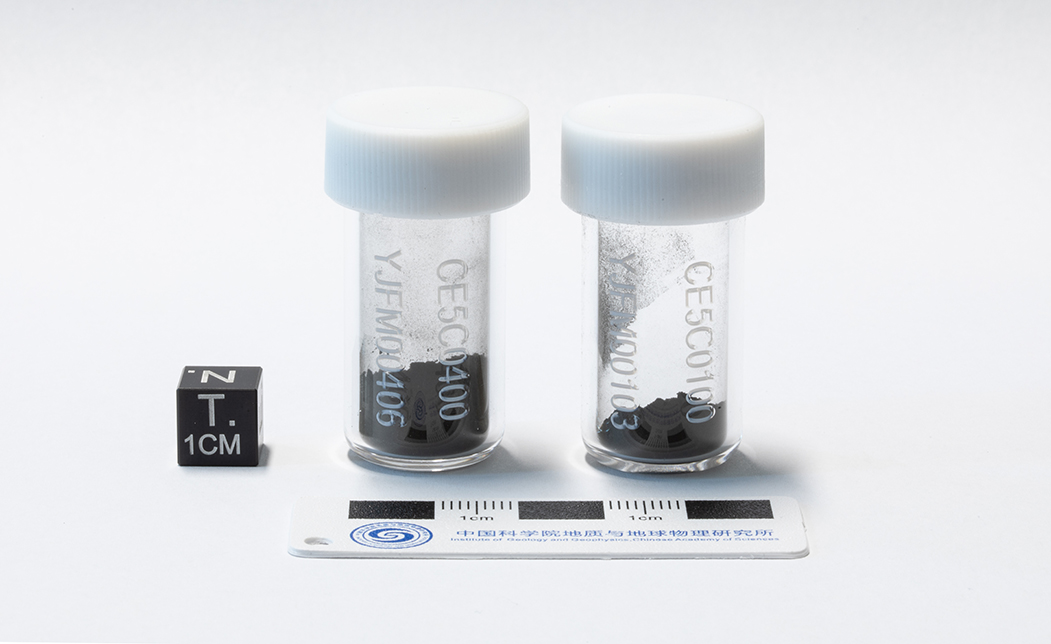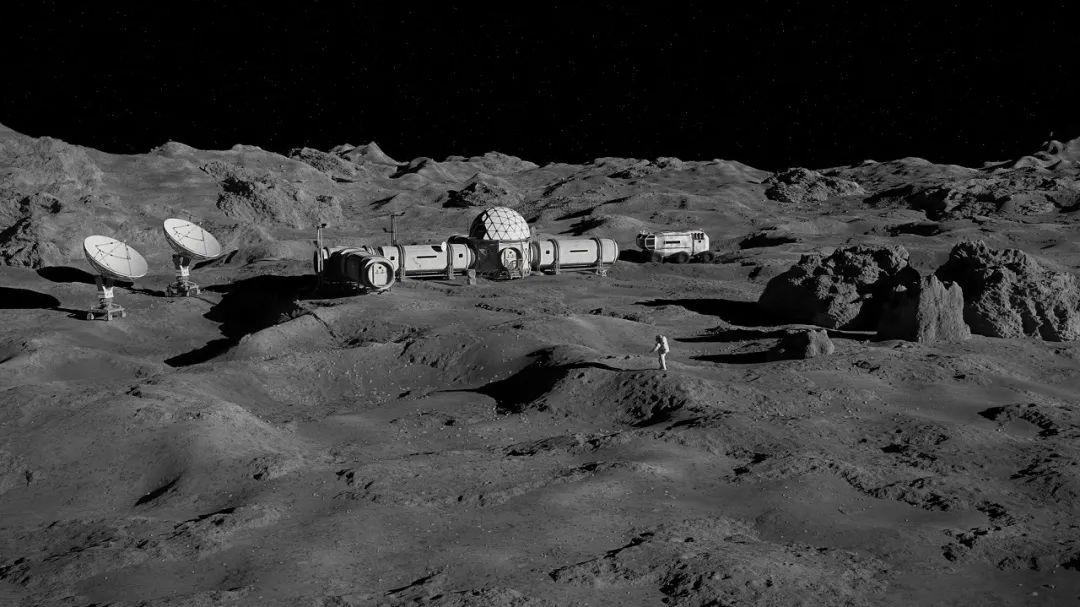I don't know if you have ever thought about such a question: will the planet die? Will the planet explode after death? Take the moon that revolves around the earth, is the moon dead? Will it die? Will the moon explode and spread to the earth after death?

Today we will introduce the views of Academician Ouyang Ziyuan on this issue.
01
Is the moon "dead"?
The moon is also like a person's life. It will go through birth, infancy, adolescence, middle and old age, and it will also grow old and eventually die. Here "death" means that the energy inside the moon has been exhausted and there is no vitality. However, it still rotates and circles the earth.
So when did the moon "die"? Previously, the scientific community believed that the moon died 3 billion years ago, but the latest research shows that the moon was still "alive" 2 billion years ago. This conclusion cannot be obtained without our lunar exploration project exploring the far side of the moon.
On the far side of the moon, there is a huge basin with a diameter of 2,480 kilometers - Von Karman Crater, which was left after the moon was hit 4 billion years ago. However, due to tidal locking, we have never seen the real appearance of the far side of the moon with our own eyes, and Chang'e-4 and Chang'e-5 have brought us unprecedented progress in exploring the far side of the moon.

Chang'e-4 Landing Site, Von Karman Crater (blue-purple area)
In December 2018, the Chang'e-4 lander and the "Yutu-2" lunar rover were launched by the Long March 3B Improved III carrier rocket (Yao 30) to the Von Karman crater on the far side of the moon. This is the first time that humans have achieved soft landing and patrol survey on the far side of the moon. It is also the first time that humans have landed on the high latitude polar regions of the moon, and it is also the first time that humans have achieved relay communication between the back of the moon and the earth. However, this time Chang'e-4 did not have the ability to collect soil or rock samples and return them for research.
However, in just two years, Chang'e 5 flew to the moon and successfully achieved a series of tasks such as landing on the moon, collecting samples, and returning to Earth. Chang'e 5 brought back about 1,721 grams of lunar samples. Through the study of these samples, it was found that the moon still had volcanic eruption 2 billion years ago, which successfully extended the age of death of the moon by 1 billion years. This is an earth-shattering wins.

Soil samples preserved by the Institute of Geology and Geophysics, Chinese Academy of Sciences
02
The moon is dead,
Why go to the moon?
The moon has been dead for 2 billion years, why are we still going to the moon? What can we do on the moon in the future?
1. Build an experimental base
In the follow-up lunar exploration project, our task is to establish a lunar scientific research station, then carry out manned landing on the moon, and finally build a lunar base. In 2030, we will basically complete the unmanned lunar exploration project, and then establish a scientific research station on the moon. This scientific research station will be built around 2035-2045 to realize the long-term human presence on the moon, and will carry out relatively comprehensive and large-scale scientific exploration, technical experiments, the development of lunar resources and the utilization of the lunar environment.

2. Resource development
The moon is rich in resources, such as rare earth, iron, titanium, etc., but because the cost of mining on the moon is too high, scientists have not focused on these mineral resources, but on the moon's solar energy and helium-3 resources.
The moon is not wrapped in the atmosphere, the environment is harsh, and it has very rich solar energy resources. Some people have calculated that the radiation energy of sunlight reaching the moon every year is equivalent to 25,000 times the annual energy consumption of the earth. As long as a small part of the solar energy is transmitted from the moon to the earth, then we may bid farewell to fossil energy and truly achieve clean energy.
In addition to solar energy, the moon is also rich in helium-3 resources. On the moon without an atmosphere and a magnetic field, helium-3 generated by the fusion of protium and deuterium in the solar wind can easily be ejected onto the soil layer on the lunar surface. By measurement, there are 1.03 million-1.29 million tons of helium-3 in the soil of the moon. If these helium-3 are used as nuclear fusion raw materials for nuclear fusion power generation, it can solve the energy needs of human society for the next 10,000 years.
3. Transit station for interplanetary exploration
The moon also has a very important role, that is, to turn the moon into a transit station for Mars or deep space exploration. As you may know, the attractive force of the moon is very small, only one-sixth that of the earth, so the energy consumption of launching rockets on the moon is much lower than on the earth. Now the United States has started the Artemis program to build a lunar space station, so that the moon will become a transit station in the future.
Deep space exploration is the commanding heights of scientific and technological competition, and we must seize this opportunity. At present, we have a more detailed plan. In the future, we will explore the 80 moons of Jupiter and the 83 moons of Saturn, all of which may have life. Let us explore the solar system step by step and march forward to the sea of stars in the solar system together. I hope that our classmates and young children must have a solid foundation, be confident, self-reliant and self-reliant to practice their dreams, and build our country into a great socialist power!
This article is organized according to the speech given by Ouyang Ziyuan (academician of the Chinese Academy of Sciences, the first chief scientist of the China Lunar Exploration Project, and the 2016-2020 Popular Science China Image Ambassador) at the Starry Sky Forum
